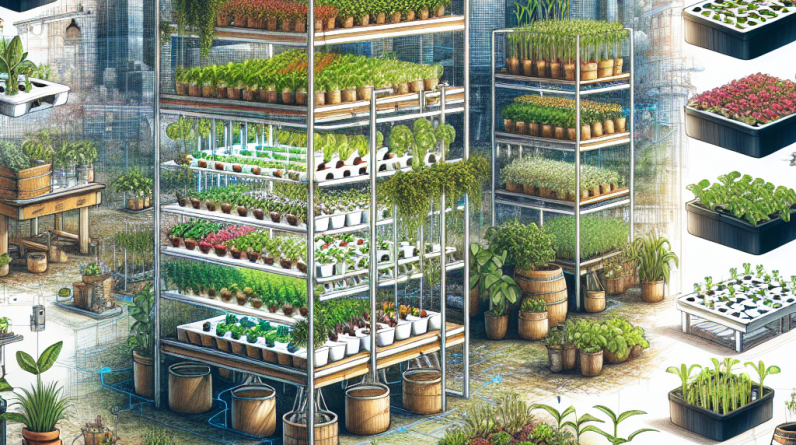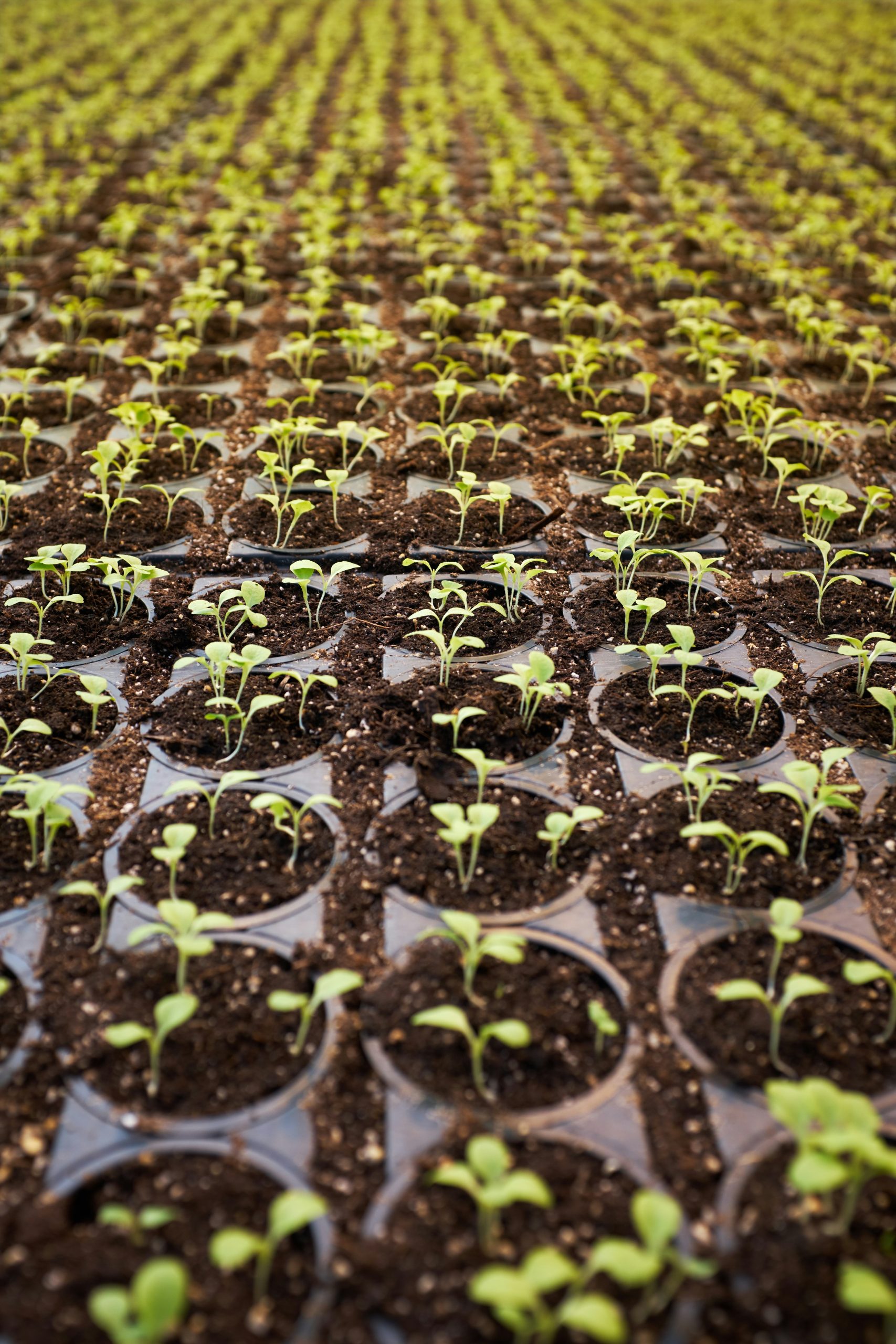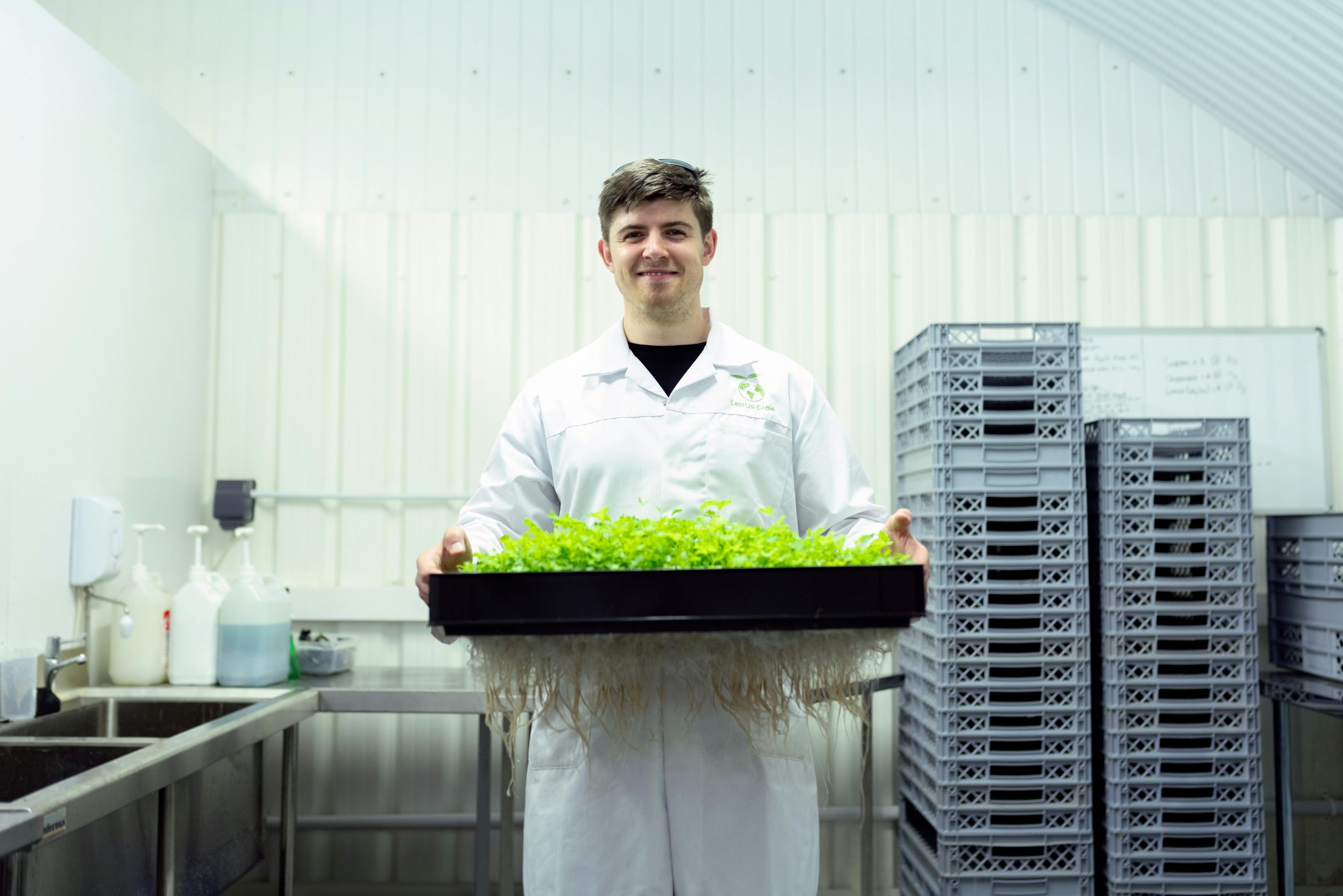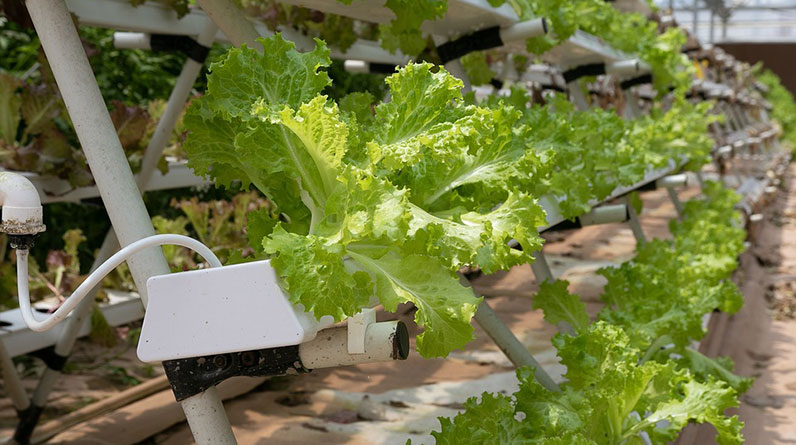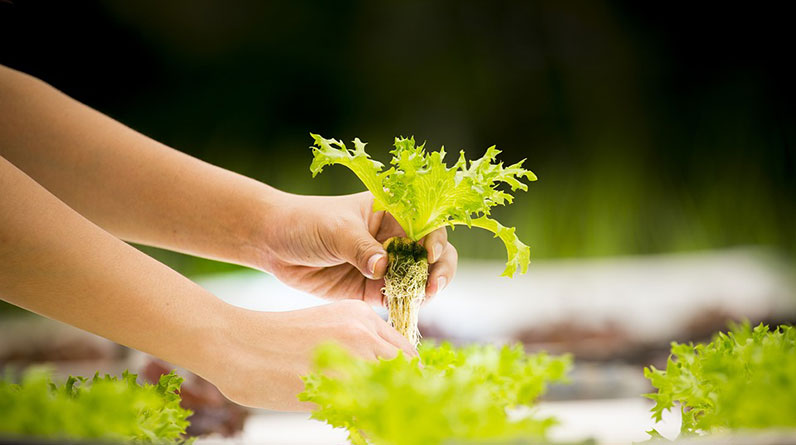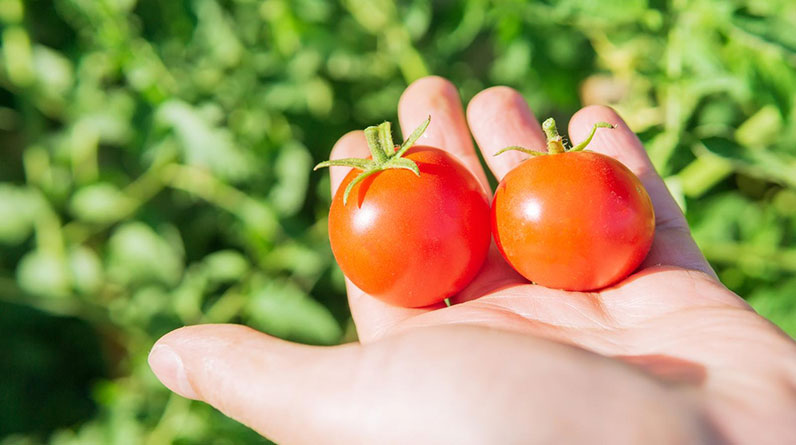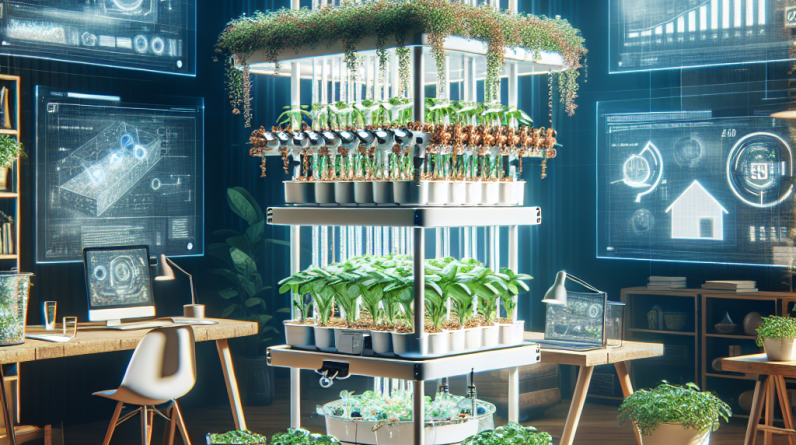
- 1. Choosing the Right Hydroponic System Design
- 2. Optimal Lighting Solutions
- 3. Nutrient Management and Fertilization
- 4. Automated Monitoring and Control
- 5. Space Optimization Techniques
- 6. Pest and Disease Prevention
- 7. Maintaining pH and EC Levels
- 8. Choosing the Best Growing Medium
- 9. Energy-Efficient Hardware
- 10. Community Support and Resources
1. Choosing the Right Hydroponic System Design
Understanding Different System Types
When selecting the best home hydroponic system for 2025, understanding the various designs is crucial. Systems like Nutrient Film Technique (NFT), Deep Water Culture (DWC), and Wick systems each have unique advantages. For instance, DWC is known for its simplicity and quick growth rates, making it ideal for beginners. Conversely, NFT offers continuous flow, suitable for leafy greens and herbs.
In my experience, the best system depends on your available space, budget, and the types of plants you wish to grow. For small apartments, compact systems like the Kratky method are excellent. Larger setups benefit from more automated systems like aeroponics.
Matching System Design to Your Goals
Identify your primary goalsâwhether you want a quick harvest, variety, or sustainability. The best home hydroponic system should align with these goals. For example, if you’re aiming for high yields with minimal effort, consider an all-in-one modular system with automation features.
Choosing the right design also involves considering maintenance needs. Some systems require regular cleaning and nutrient adjustments, while others are more low-maintenance. Plan accordingly and select a design that fits your lifestyle in 2025.
2. Optimal Lighting Solutions
LED Grow Lights for Efficiency
In 2025, LED grow lights remain the top choice for cultivating plants in a best home hydroponic system. They offer energy efficiency, customizable spectrums, and longevity. Modern LEDs can be tailored to the specific light needs of plants at different growth stages, enhancing productivity.
Investing in high-quality LED grow lights can reduce energy costs by up to 50%, making them a smart choice for home setups. Look for models with adjustable spectrum and brightness to optimize plant growth and reduce heat output.
Lighting Schedules and Placement
Creating the right lighting schedule is vital. Most plants require 14-16 hours of light per day. In practice, setting timers ensures consistent illumination and reduces human error. Proper placement, typically 12-24 inches above the canopy, ensures even light distribution.
In 2025, smart lighting systems with adjustable timers and sensors are becoming more accessible. These can automatically modify light intensity based on plant growth stages or ambient conditions, further optimizing your best home hydroponic system.
3. Nutrient Management and Fertilization
Choosing the Right Nutrients
Proper nutrient management is critical for a thriving best home hydroponic system. In 2025, organic and synthetic nutrient blends are both popular, but organic options are gaining traction for sustainability. Ensure your nutrient solution provides essential macro- and micronutrients, including nitrogen, phosphorus, and potassium, tailored to your plants’ stage of growth.
Regular testing of nutrient concentration, using tools like TDS meters, helps maintain optimal levels. Over-fertilizing can harm plants, leading to nutrient lockout or root damage, so careful management is key.
Automated Fertilizer Delivery Systems
Automation is transforming how we manage nutrients. Using automated dosing systems ensures consistent delivery, reducing human error. These systems can be programmed based on plant needs or sensor feedback, which is especially valuable in 2025âs tech-savvy market.
By integrating such systems into your best home hydroponic system, you can focus on plant care and harvesting, knowing that nutrient levels are precisely maintained for maximum growth.
4. Automated Monitoring and Control
Smart Sensors and IoT Integration
In 2025, IoT devices and smart sensors are indispensable for managing a best home hydroponic system. These devices monitor pH, EC, water temperature, and humidity in real-time, providing alerts or automatic adjustments. This tech-driven approach ensures optimal growing conditions without constant manual intervention.
For example, sensor data can trigger automatic pH adjustments or nutrient dosing, leading to healthier plants and higher yields. Automating these parameters reduces errors and saves time, making hydroponic gardening accessible to everyone.
Data Analytics and Growth Optimization
Using data analytics, growers can track trends over time, identify issues early, and optimize conditions for faster growth. Some systems incorporate AI algorithms to suggest improvements or predict harvest times, which is a big advantage in 2025.
Investing in an integrated monitoring system enhances your best home hydroponic system by making it smarter, more efficient, and user-friendly. It means you can enjoy gardening while enjoying peace of mind with automated controls.
5. Space Optimization Techniques
Vertical Farming and Stackable Units
Maximizing limited space is essential for home hydroponics. Vertical farming racks and stackable units are excellent ways to increase productivity without expanding your footprint. These systems are especially popular for small apartments or urban homes in 2025.
Vertical setups allow multiple plant tiers, leveraging vertical space, while stackable containers are versatile and scalable. Proper space management ensures that light, nutrients, and airflow are evenly distributed, promoting healthy growth.
Harnessing Small-Scale Modular Systems
Modular hydroponic units are highly adaptable. They can be customized to fit available space and specific plant needs. For example, modular NFT or aeroponic systems can be combined or expanded over time, making them ideal for beginners transitioning to serious growers.
Choosing space-efficient designs ensures your best home hydroponic system remains manageable and productive, even in confined areas. Practical setup and organization lead to better yields and easier maintenance.
6. Pest and Disease Prevention
Integrated Pest Management Strategies
In home hydroponic systems, pest control is crucial. In 2025, integrated pest management (IPM) combines physical, biological, and minimal chemical methods for sustainable prevention. Using insect screens, companion planting, and beneficial insects helps safeguard your plants.
Monitoring regularly and maintaining cleanliness are key steps. Pests like aphids and spider mites can quickly deteriorate your crops if not caught early. Implementing IPM ensures a healthy, pest-free environment without compromising your systemâs safety.
Preventing Root Diseases
Root diseases, such as pythium, thrive in water-based systems. Proper sterilization of equipment, water quality management, and oxygenation are vital. Aeration and maintaining clean containers help prevent fungal growth and ensure roots stay healthy and vigorous.
Consistent monitoring and adjusting environmental conditions in 2025 will help you avoid costly setbacks and maximize your harvest potential.
7. Maintaining pH and EC Levels
Why pH and EC Matter
For a best home hydroponic system, maintaining optimal pH (around 5.5â6.5) and electrical conductivity (EC) is critical. These parameters directly affect nutrient availability and plant health. In 2025, precision monitoring tools make this task easier than ever.
Inaccurate pH or EC levels can lead to nutrient deficiencies or toxicities, hampering growth. Regular testing and adjustments are necessary, especially when using organic fertilizers which can alter water chemistry more rapidly.
Tools and Tips for Precision Control
Using digital pH meters and EC testers ensures quick, accurate readings. Automated dosing systems can correct imbalances with minimal effort. Setting up such systems minimizes manual oversight while ensuring stable conditions for your plants.
Consistency is keyâcheck levels daily and make incremental adjustments. Proper pH and EC management will lead to healthier plants and higher yields in 2025’s advanced systems.
8. Choosing the Best Growing Medium
Various Media for Hydroponics
Selecting the right growing medium impacts your systemâs success. Common options include coconut Coir, Rockwool, perlite, and clay pellets. The best home hydroponic system in 2025 often leverages inert media that maintains moisture and oxygen flow while supporting roots.
For beginner-friendly setups, coconut Coir is affordable and easy to work with, offering excellent water retention. Rockwool provides stability and is perfect for larger systems, though it requires proper handling due to its mineral content.
Environmental and Safety Considerations
In choosing media, consider environmental impact and safety. Organic and biodegradable options reduce waste, while inert materials prevent potential chemical leaching. Proper sterilization and disposal also ensure cleanliness and system longevity.
Overall, selecting the appropriate growing medium tailored to your system and plants improves yields and sustainability for your 2025 hydroponic endeavors.
9. Energy-Efficient Hardware
Low-Power Pumps and Fans
To develop the best home hydroponic system in 2025, prioritizing energy efficiency is essential. Using low-power pumps and ventilation fans reduces your electricity bill and environmental footprint. Look for ENERGY STAR-rated appliances for optimal performance.
Variable speed pumps and timers can further optimize energy use by operating only when necessary. Proper ventilation maintains air quality and temperature, preventing plant stress.
Renewable Energy Integration
Integrating solar panels or other renewable sources can make your hydroponic setup more sustainable. In areas with ample sunlight, solar-powered pumps and lighting can offset grid electricity costs and reduce emissions. Such setups align with the growing trend towards eco-friendly agriculture in 2025.
Implementing energy-efficient hardware ensures your best home hydroponic system remains sustainable and cost-effective long-term while supporting healthy crop production.
10. Community Support and Resources
Joining Online Forums and Local Groups
Building a community around hydroponics provides invaluable support, especially for newcomers. In 2025, online forums, social media groups, and local gardening clubs offer tips, troubleshooting, and shared experiences that can accelerate your success with the best home hydroponic system.
Networking with experienced growers allows you to learn about new technologies, best practices, and supplier recommendations. Sharing your progress and challenges fosters motivation and continuous improvement.
Utilizing Educational Content and Workshops
Many universities, organizations, and brands provide workshops, tutorials, and webinars on hydroponic gardening. These resources help you stay updated on latest trends and innovations for 2025. Investing time in education maximizes system efficiency and crop yields.
Staying connected with a community and continuous learning ensures that your hydroponic journey remains rewarding and productive in the coming years.
Conclusion
As you plan your best home hydroponic system for 2025, incorporating these ten effective strategies will set you up for success. From selecting the right design and optimizing lighting to automation and community support, each element plays a vital role. The future of home hydroponics is bright, with innovative technology making it easier to grow healthy, delicious plants indoors. Stay informed, keep experimenting, and enjoy the bountiful harvests that a well-designed hydroponic setup can provide!
Frequently Asked Questions about the Best Home Hydroponic System
- 1. What is the best home hydroponic system for beginners?
- The Kratky method and simple DWC setups are perfect for beginners due to their ease of use and low cost.
- 2. How much space do I need for a hydroponic system in 2025?
- Space requirements vary, but small vertical units can fit in spaces as small as 2×2 feet, making hydroponics accessible for urban dwellers.
- 3. Can I grow any type of plant in a hydroponic system?
- Most leafy greens, herbs, tomatoes, and strawberries thrive in hydroponic systems. However, some root vegetables may require specialized setups.
- 4. How do I maintain the pH and nutrient levels in my system?
- Regular testing with digital meters and using automated dosing systems help maintain optimal pH (around 5.5â6.5) and nutrient concentrations for healthy growth.
- 5. Why is the best home hydroponic system important in 2025?
- It allows for efficient, sustainable, and space-saving food production, meeting growing demand for fresh produce in urban environments and promoting self-sufficiency.



